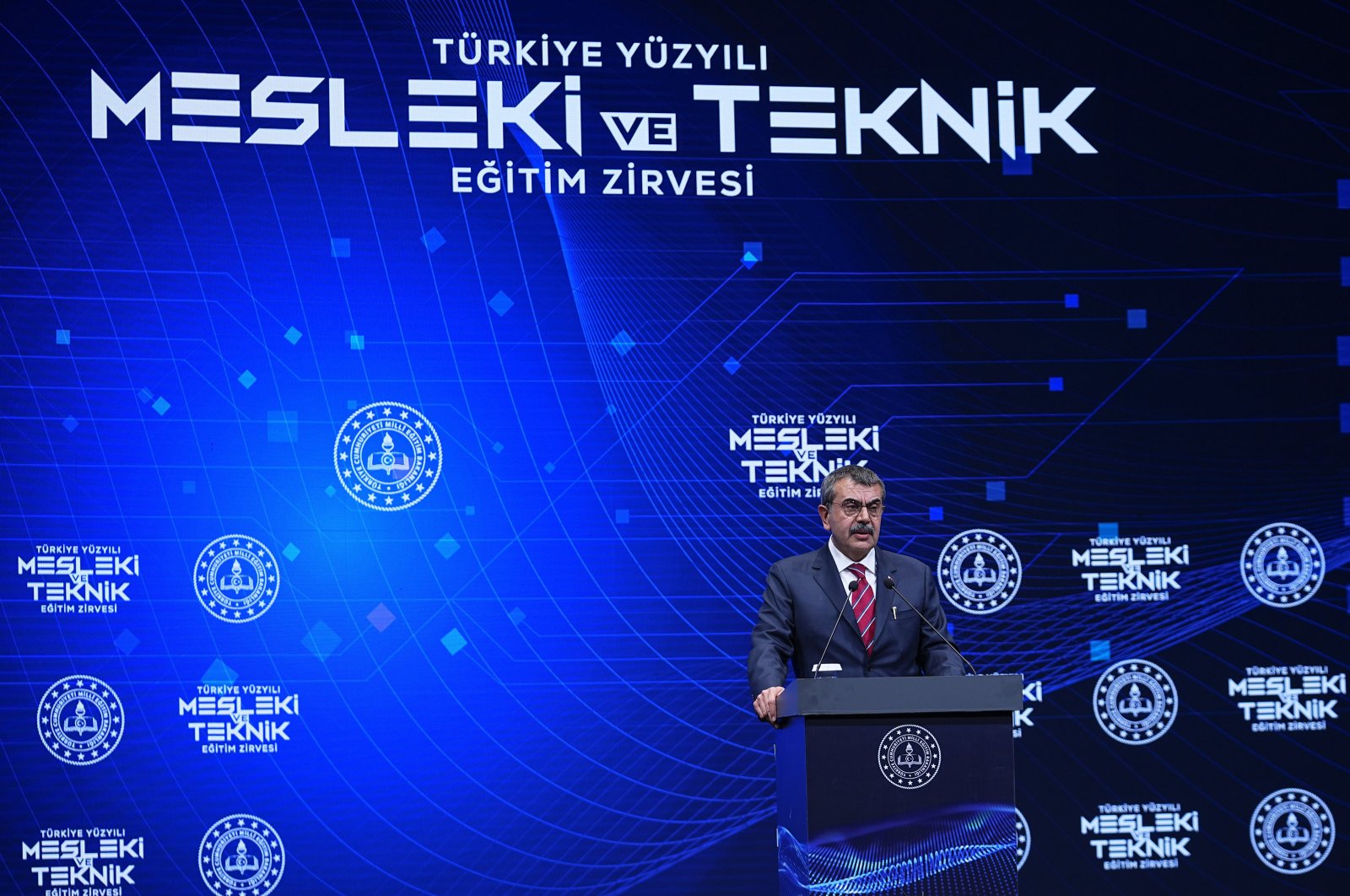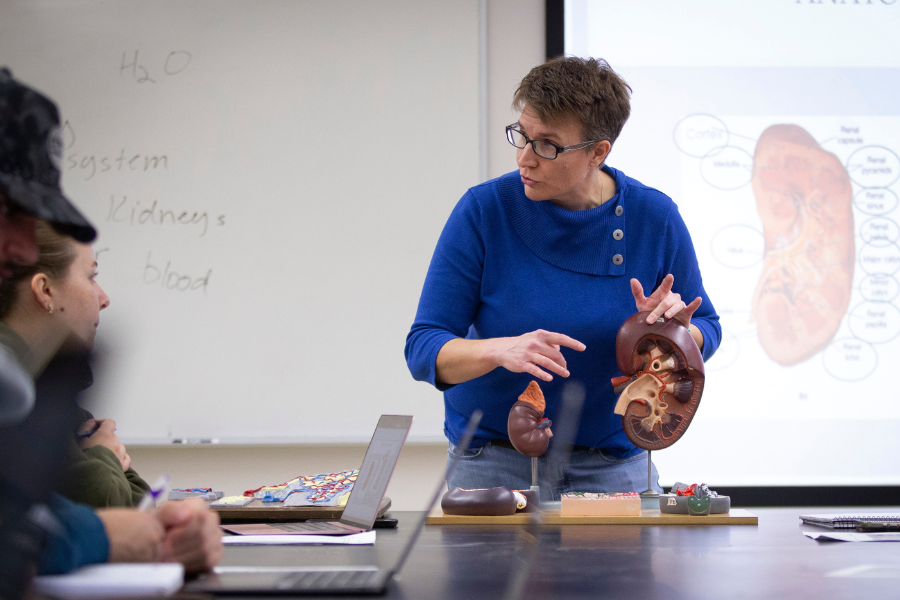Tiny Souls Media launches in Australia, setting a new benchmark for early childhood wellbeing – The Sector

Report on the Launch of Tiny Souls Media and its Contribution to Sustainable Development Goals
Introduction
A new resource platform, Tiny Souls Media, has been launched nationwide in Australia to support the emotional development of children aged 2–5. The program is designed to build emotional intelligence and wellbeing in early learning environments. Canopy Early Education has become the first national provider to implement the platform across all its centres, demonstrating a commitment to advancing holistic child development.
Alignment with Sustainable Development Goals (SDGs)
The initiative directly supports several key United Nations Sustainable Development Goals (SDGs) by integrating principles of health, education, and social equity into early childhood education.
SDG 3: Good Health and Well-being
The platform provides a comprehensive framework to address children’s mental health and wellbeing from a foundational age. It aims to equip children with the emotional skills necessary to thrive, contributing directly to Target 3.4, which seeks to promote mental health and well-being.
- The program incorporates mindfulness practices to support self-regulation.
- It offers a consistent model for fostering emotional learning, a key component of lifelong mental health.
- It supports early learning services in their commitment to being child-safe organisations, ensuring a secure environment for psychological development.
SDG 4: Quality Education
Tiny Souls Media enhances the quality of early childhood education by focusing on the holistic development of the child. This aligns with Target 4.2, which aims to ensure that all children have access to quality early childhood development, care, and pre-primary education.
- The platform complements Australia’s Early Years Learning Framework (EYLF), ensuring seamless integration into existing educational programs.
- It provides educators with research-backed resources, including play-based activities, songs, and discussion prompts.
- The content is centred on developing essential life skills such as perseverance, kindness, and courage, moving beyond purely academic learning.
SDG 16: Peace, Justice and Strong Institutions
By nurturing emotional intelligence and compassion, the program contributes to the long-term goal of building peaceful and inclusive societies. It fosters the development of resilient and empathetic individuals, which is fundamental to achieving Target 16.2, aimed at ending abuse, exploitation, and violence against children.
- The program’s core themes are designed to help children grow into strong, resilient, and compassionate individuals.
- The animated series models positive emotional strengths, making abstract concepts like empathy relatable for young learners.
- It provides tools for both educators and families, creating a cohesive support system for a child’s social and emotional growth.
Program Components and Methodology
Core Content and Resources
The program is structured around the award-winning animated series, “Zip and the Tiny Sprouts.” Each episode is designed as intentional screen time, serving as a catalyst for meaningful conversations and interactive learning. The platform’s methodology is to extend learning beyond the screen through a variety of integrated resources.
Resource Framework
- Play-based Activities: Interactive exercises that reinforce emotional concepts.
- Original Songs: Musical content designed to make learning about feelings engaging.
- Mindfulness Practices: Tools to help children develop self-regulation and emotional awareness.
- Discussion Prompts: Structured questions to extend learning and involve families in the child’s emotional development journey.
Conclusion
The national launch of Tiny Souls Media represents a significant step towards embedding social and emotional learning within Australia’s early childhood education sector. By aligning its objectives with global targets for health, education, and social justice, the platform provides a scalable model for nurturing the emotional wellbeing of children, thereby equipping them for lifelong success and contributing to a more resilient future generation.
Analysis of the Article in Relation to Sustainable Development Goals (SDGs)
1. Which SDGs are addressed or connected to the issues highlighted in the article?
- SDG 3: Good Health and Well-being: The article’s primary focus is on the emotional and mental well-being of young children. It repeatedly mentions “children’s mental health and wellbeing,” “emotional development,” “emotional intelligence,” and “wellbeing in children aged 2–5,” which directly aligns with the goal of ensuring healthy lives and promoting well-being for all at all ages.
- SDG 4: Quality Education: The platform is an educational resource designed for “early learning services” and complements the “Early Years Learning Framework (EYLF).” It aims to support the “whole child, not just academically, but emotionally and socially as well,” thereby enhancing the quality of early childhood education by integrating essential life skills.
- SDG 16: Peace, Justice and Strong Institutions: The article notes that the platform supports the provider’s “ongoing commitment to being a child-safe organisation.” This commitment to creating safe environments for children connects to the goal of protecting children from all forms of violence and promoting peaceful, just societies.
2. What specific targets under those SDGs can be identified based on the article’s content?
-
Under SDG 3: Good Health and Well-being
- Target 3.4: “By 2030, reduce by one third premature mortality from non-communicable diseases through prevention and treatment and promote mental health and well-being.” The article directly addresses the “promote mental health and well-being” component of this target. The Tiny Souls platform is presented as a preventative tool that “offers a complete framework to equip children with the emotional foundations they need to thrive.”
-
Under SDG 4: Quality Education
- Target 4.2: “By 2030, ensure that all girls and boys have access to quality early childhood development, care and pre-primary education so that they are ready for primary education.” The article highlights the platform as a “groundbreaking resource” and a “high-quality early childhood resource” that improves the quality of early childhood development. Its adoption by a “national provider” signifies a step towards broader access to such quality resources.
- Target 4.7: “By 2030, ensure that all learners acquire the knowledge and skills needed to promote sustainable development…including…promotion of a culture of peace and non-violence…” The program focuses on teaching “essential life skills” and fostering traits like “perseverance, kindness, and courage.” By aiming to help children grow into “strong, resilient, and compassionate individuals,” it directly contributes to developing the social and emotional skills necessary for a culture of peace and compassion.
-
Under SDG 16: Peace, Justice and Strong Institutions
- Target 16.2: “End abuse, exploitation, trafficking and all forms of violence against and torture of children.” The platform supports this target by reinforcing the principles of a “child-safe organisation.” By building emotional intelligence and safety, it equips children with foundational tools for self-regulation and resilience, which are crucial components of a protective and safe environment.
3. Are there any indicators mentioned or implied in the article that can be used to measure progress towards the identified targets?
-
For Target 3.4 (Promote mental health and well-being):
- Implied Indicator: The adoption and implementation of a “research-backed program designed to build emotional intelligence, safety, and wellbeing.” The article states that “canopy Early Education is the first national provider to adopt the platform across all centres,” which serves as a measurable indicator of progress in promoting mental well-being initiatives in early education.
-
For Target 4.2 (Quality early childhood development):
- Implied Indicator: The integration of comprehensive, high-quality resources into existing educational frameworks. The article mentions that the platform “complements the Early Years Learning Framework (EYLF) to ensure seamless integration,” indicating an enhancement in the quality and scope of the educational programs offered.
-
For Target 4.7 (Acquisition of skills for sustainable development):
- Implied Indicator: The inclusion of specific social and emotional learning themes in the curriculum. The article explicitly states that the program is “centred on key themes including perseverance, kindness, and courage,” which can be tracked as an indicator of education for sustainable and peaceful societies.
-
For Target 16.2 (End violence against children):
- Implied Indicator: The implementation of frameworks and tools that support child safety policies. The article highlights that the platform “supports our ongoing commitment to being a child-safe organisation,” making the adoption of such a resource an indicator of institutional efforts to create and maintain safe environments for children.
SDGs, Targets, and Indicators Summary Table
| SDGs | Targets | Indicators (as implied in the article) |
|---|---|---|
| SDG 3: Good Health and Well-being | Target 3.4: Promote mental health and well-being. | The nationwide launch and adoption of a program focused on children’s emotional wellbeing by a national early learning provider. |
| SDG 4: Quality Education | Target 4.2: Ensure access to quality early childhood development. | The integration of a “research-backed” and “high-quality” resource platform that complements the national Early Years Learning Framework (EYLF). |
| Target 4.7: Ensure learners acquire knowledge and skills for sustainable development. | The program’s curriculum is centered on teaching skills like “perseverance, kindness, and courage” to foster “compassionate individuals.” | |
| SDG 16: Peace, Justice and Strong Institutions | Target 16.2: End all forms of violence against children. | The use of the platform to support an “ongoing commitment to being a child-safe organisation” by providing a framework for emotional safety. |
Source: thesector.com.au

What is Your Reaction?
 Like
0
Like
0
 Dislike
0
Dislike
0
 Love
0
Love
0
 Funny
0
Funny
0
 Angry
0
Angry
0
 Sad
0
Sad
0
 Wow
0
Wow
0

















































:focal(1500,1000)/https://media.globalcitizen.org/a6/9a/a69a4720-d8a1-4715-b596-18738d03c05c/rotary_polio_hero_image.jpg?#)






/countries/sri-lanka/photo-credit---dmc-sri-lanka.tmb-1200v.jpg?sfvrsn=dc298bcc_1#)

















